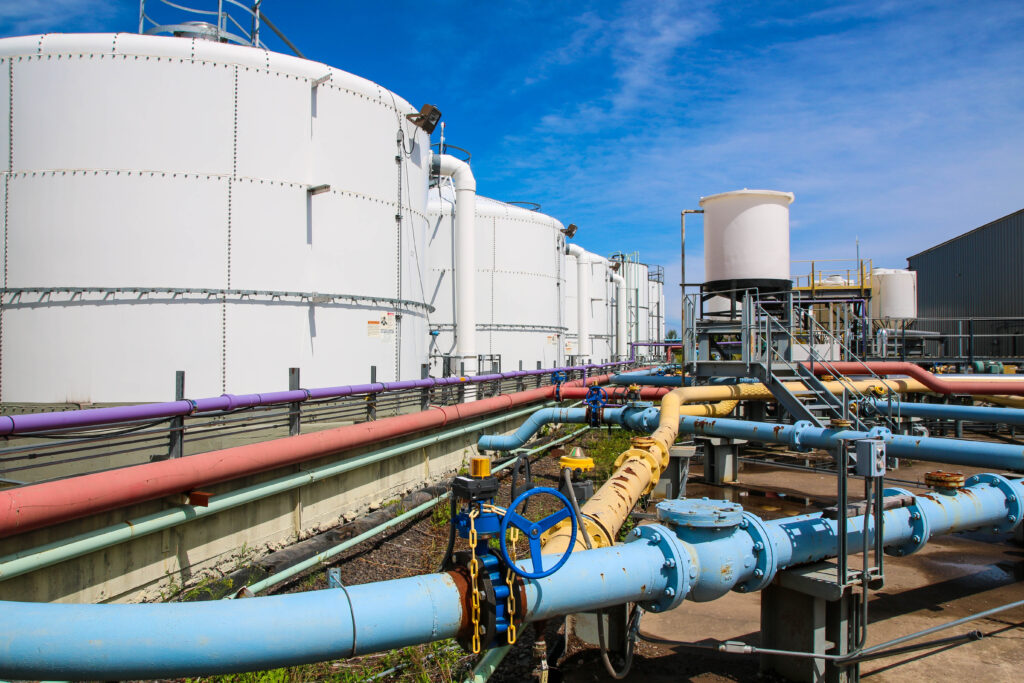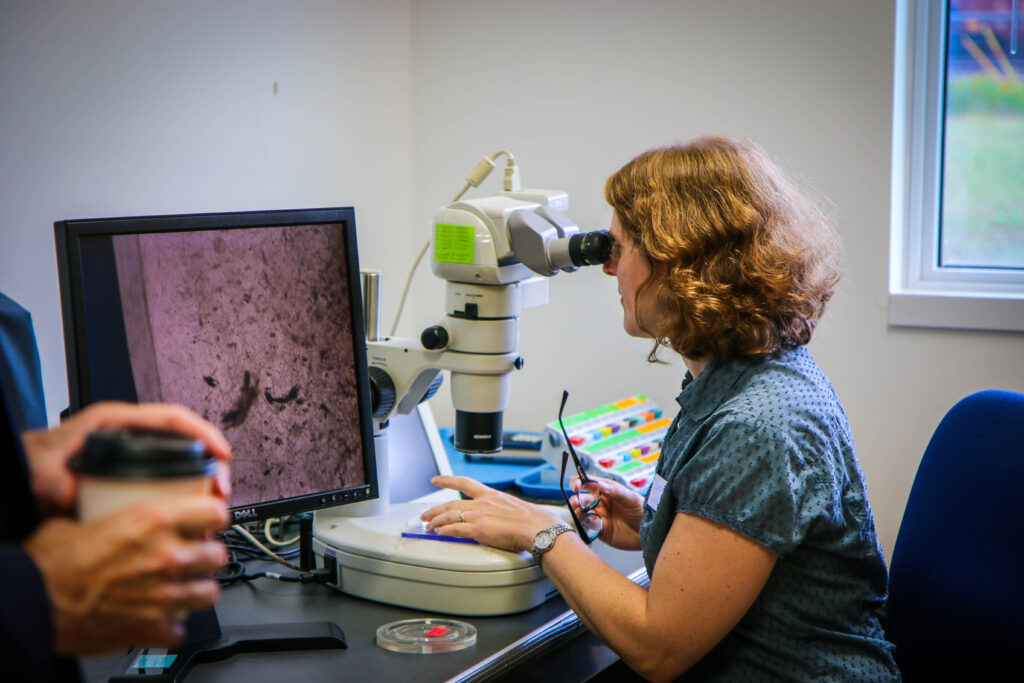
One of GWRC’s main goals is to support the development of new technologies to prevent and control the spread of invasive species in the Laurentian Great Lakes. The LSRI-GWRC tests tools and methodologies such as:
- Prototype ballast water treatment processes that may be able to reduce or eliminate introductions of invasive species tied to ballast water used in commercial shipping;
- Compliance and early detection monitoring tools aimed at preventing the release and/or establishment of invasive species via ballast water discharge
- Rapid assessment and response tools and technologies aimed at efficient ballast water testing and compliance monitoring.
Bench-Scale Testing Services
The LSRI-GWRC research team brings a commitment to data quality and an unbiased freshwater perspective. Team members work closely with technology developers to design appropriate testing plans. All bench-scale (small scale) testing is conducted under the LSRI Quality Management Plan.
Monitoring and Assessment Technology Testing
LSRI-GWRC’s bench-scale team works with developers to design laboratory-scale experiments to measure the effectiveness of tools, technologies, and methods that might help with early detection monitoring of invasive species in the Great Lakes ecosystem. They also work on ways to improve compliance monitoring and rapid assessment tools for ballast water analysis in freshwater.

Ballast Water Treatment Process Testing
Aspects of the testing plan for ballast water treatment processes may include:
- Aquatic Degradation (for treatment processes involving a chemical active substance): This test seeks to determine how long the active substance is measurable in treated water.
- Dose Effectiveness: This part of the tests aims to determine the biological effectiveness of the treatment process to cultured, freshwater organisms. This assay employs 48-hour exposures of organisms to treated water. Exposure may be achieved via static or flow-through conditions, depending upon the treatment process. Organisms may include: green algae (Selenastrum capricornutum), microbes (Escherichia coli and Enterococcus sp.), and/or zooplankton (Eucyclops sp. and Daphnia magna juveniles and ephippia).
- Chronic Residual Toxicity (for treatment processes involving an active substance, which may or may not require neutralization before discharge): This test examines chronic toxicity of water treated (and neutralized) by the treatment process to the green algae (Selenastrum capricornutum), zooplankton (Ceriodaphnia dubia), and fathead minnow (Pimephales promelas).
Bench-scale testing is done in laboratory water (high transparency and low concentration of suspended solids and organic carbon) and water amended to create conditions like those specified in the U.S. Environmental Protection Agency Environmental Technology Verification Program’s Generic Protocol for the Verification of Ballast Water Treatment Technology, v.5.1. Aquatic degradation testing may be done at several different temperatures. The use of different water qualities during testing provides developers with independent data that may be used to troubleshoot difficulties that may be encountered at a larger scale (i.e., land-based or shipboard testing). Throughout the progression of testing, many water quality parameters are measured to ensure accurate quantification of the degradation and/or exposure conditions.
Contact Us
For more information about ballast water treatment testing services, contact Christine Polkinghorne.